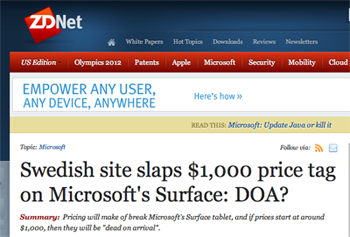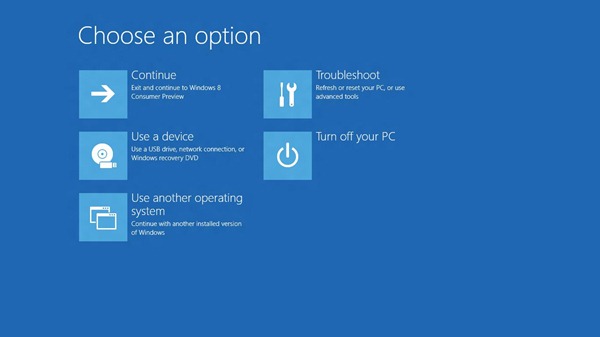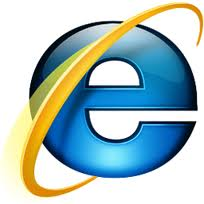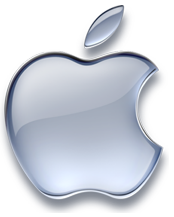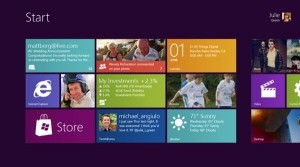
There has been a real kerfuffle caused by the new Mac Ads.
Some people dislike them. Others hate, hate, hate them.
On the other hand, some people like them…or, at least, they tolerate them.
MAC OWNERS AND MAC HATERS ARE NOT THE TARGET AUDIENCE
I agree with those, those and those who point out that these ads are not addressed to current Mac owners. They’re addressed to POTENTIAL Mac owners.
And the message being sent is so simple that it’s simply being misunderstood.
THE RETAIL STORE’S REASON FOR BEING
Here is Ron Johnson, former head of Apple’s Retail Stores, On Lessons Learned From Apple About Gaining An Edge As A Retail Brand:
“For example,” Johnson explained, “Apple has always offered the most easy out-of-the-box user experience, but we noticed there was a gap between buying and using. People were intimidated by even the easiest product set-up. So we said, if we can set up a product for them in the ten minutes before they left the store and they started using it and falling in love with it, it would be transformational. It was an insight that made the Apple store relevant.”
“(T)here was a gap between buying and using. People were intimidated…if we can set up a product for them…it would be transformational.”
Words for every business to live by. Words that Apple DOES live by.
IF TECH COMPANIES WERE CRUISE LINES
If tech companies ran Cruise Lines, most would invite you to ride on their world class cruise liners, help you pack your bags, give you a free limo ride to the docks, provide you with a lovely and delightful cruise…
 …and then make you row ashore when you arrived at your destination.
…and then make you row ashore when you arrived at your destination.
Apple seems to get it. Instead of giving you a dinghy, a paddle and a hale and hearty farewell, they build a bridge between their products and their customer’s destinations. And as you’re crossing that bridge, Apple has their “geniuses” at the ready – there to encourage you, lend a helping hand, and cheer you on.
And that’s a good thing. A very good thing indeed.




